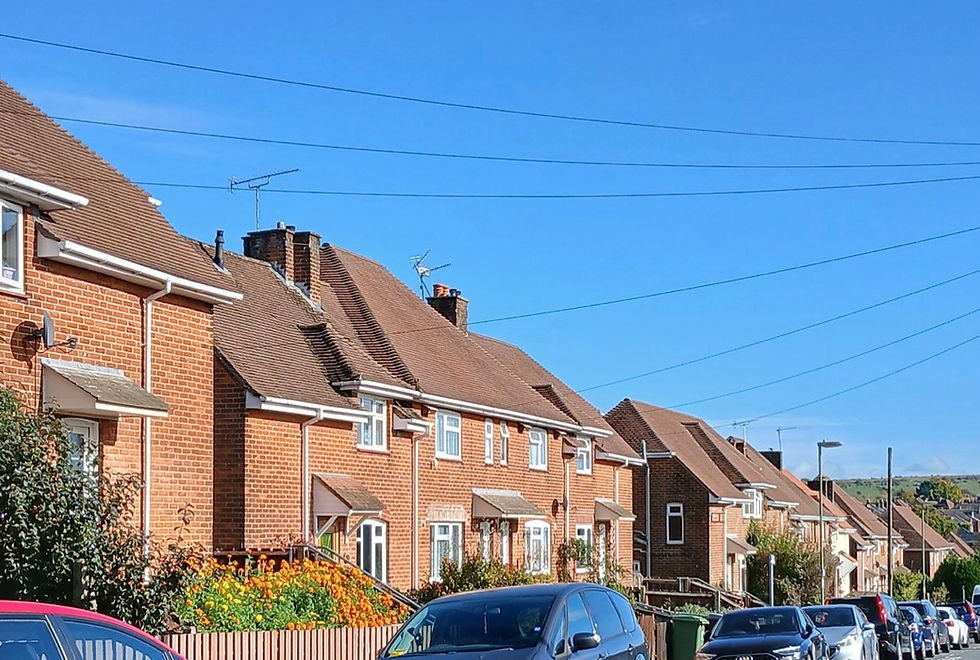Cala Homes Thames launches first Urban Wildlife Strategy
- Mar 29, 2022
- 2 min read
Cala Homes Thames has launched its Urban Wildlife Strategy, which outlines its intention to incorporate biodiversity improvement measures into every new home in the region.
A 2021 study estimated that the UK has lost almost half of its native biodiversity. Cala Homes Urban Wildlife Strategy, a first for the Cala Group devised by its Thames region, creates a design framework that establishes a biodiversity standard for every new home. The Urban Wildlife Strategy supplements the region’s objective for all sites to achieve biodiversity net gain and will be in addition to other planning requirements.
Developed in collaboration with local wildlife groups, including Hampshire Swifts and the Hampshire Ornithological Society, the strategy recommends simple and effective interventions, recognising that urban environments can be wildlife rich by incorporating diverse habitat and nesting opportunities into the fabric and outside space of each home. The Urban Wildlife Strategy means every home will have bird nesting features, specialist hedgehog fencing, bat boxes or bat roosting tiles and native tree planting.
John Richards, Land & Planning Director, Cala Homes Thames, said:
“We’re moving into an important time where we must transition from environmental goal setting to taking action. We’re passionate about seizing every opportunity to enhance biodiversity in all new developments, and this strategy will apply to each and every home in our region.”
Tim Norriss from Hampshire Swifts said:
“Following previous blogs about Winchester City Council and Cala Homes at Barton Farm, Winchester, this is great news from their SE Region and full marks should go to John Richards for pushing this through. We look forward to monitoring the success of the Swift bricks that are going to be incorporated into this extensive development at Barton Farm and elsewhere in Hampshire. We now just need other major house builders to follow suit”.




Comments